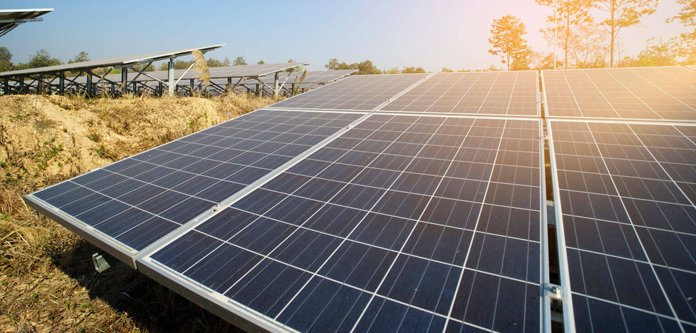The Prieska wastewater treatment plant in Northern Cape, South Africa has is back in operation after rehabilitation.
Renovation works on the treatment plant began in March 2020. The plant could barely able to treat 2,175 m3 of effluent per day and the capacity further decreased due to the population growth in Prieska. Currently, the settlement in the municipality of Siyathemba has more than 14 246 inhabitants, compared to 11 236 in 2014.
As part of the project to expand the capacity of the Prieska plant, a settling sludge pump has been constructed. This sludge is passed through new drying beds. 247 m bulk sewer line were laid and four primary ponds were constructed.
Read:New wastewater treatment plant to be built in Kisumu, Kenya
Preservation of the natural environment
The plant now has a capacity of 3,600 m3 per day and the treated wastewater from the Prieska wastewater treatment plant is returned to the environment. This is an essential step in the preservation of the natural environment. Wastewater can contain metals such as mercury, which can have serious consequences for humans and animals if ingested.
The project which was part of the South African government’s wider approach to environmental conservation through wastewater treatment cost more than US $2.3M. Treated wastewater can become an alternative solution to the water stress experienced by this southern African country.
The water treatment process commonly used in South Africa is based on the use of chlorine as the disinfectant. The water intake to the treatment plant is from dams and rivers and it first passes through wire screens that remove any solid objects.
Typically the water would then be pre-treated with chlorine to inactivate disease-causing pathogens. This is then followed by a mixing, coagulation and flocculation process, where a chemical coagulant is used to enable the microscopic dirt particles to coagulate into larger flocs, which then sink to the bottom of the sedimentation tank. The clear water is decanted from the top of these sedimentation plants and is passed through large filters made of sand and gravel that remove all the suspended matter.







